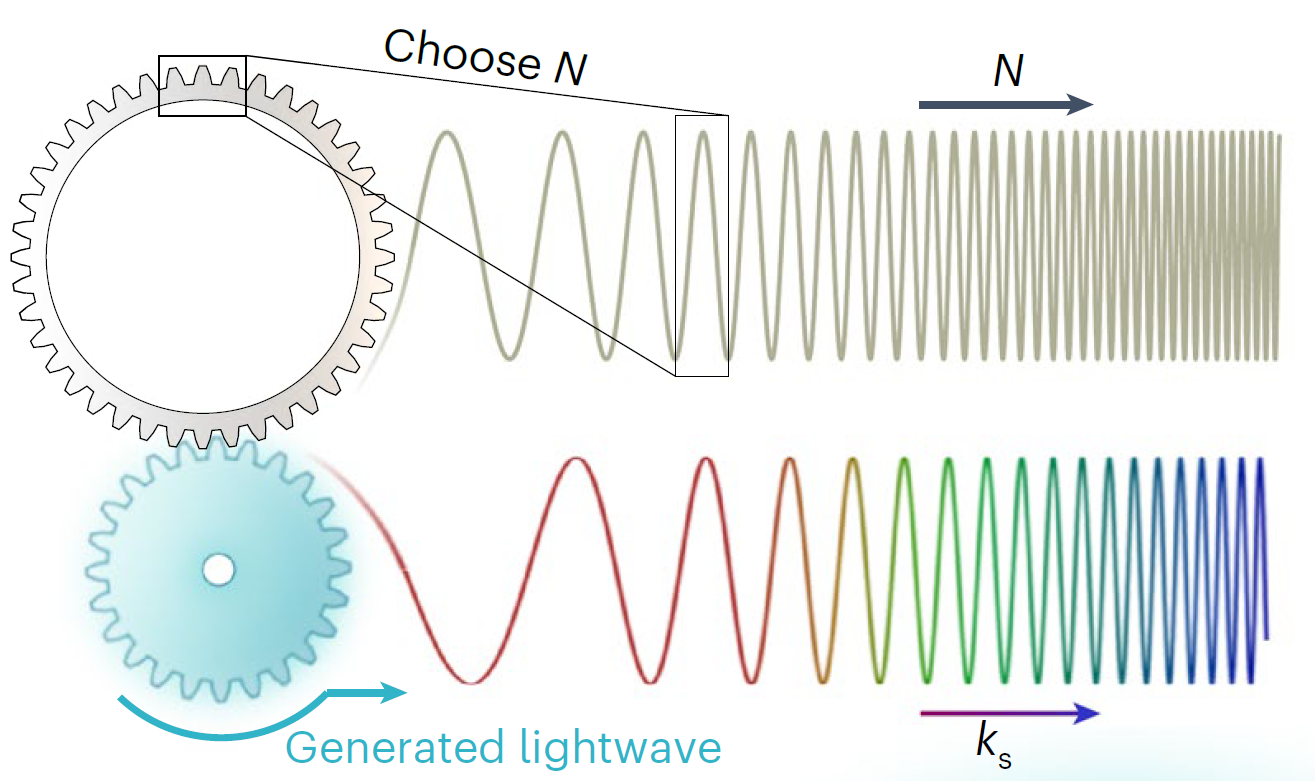
Many groups, including ours, are investigating nonlinear nanophotonics devices for application in quantum science. Examples include the networking of local quantum nodes through quantum frequency conversion and entanglement distribution sources, the use of optical parametric oscillation and optical harmonic generation to reach the visible and short near-infrared wavelengths needed to probe and coherently control different atomic and solid-state systems, and the creation of optical frequency combs for precision spectroscopy and optical clock readout. While much work has been focused on the efficient demonstration of these nonlinear processes using photonic integrated circuits, the ability to accurately target specific wavelengths to within the in-situ tuning range of the nonlinear device is also critically important, as various quantum systems only operate at specific transition wavelengths.
In a recent paper, we demonstrate an approach for realizing wavelength accuracy in nonlinear nanophotonics, through the use of photonic crystal microring resonators where the number of periods of the photonic crystal grating is directly linked to the wavelength produced. We show that this approach can realize 99.7 % as-fabricated wavelength accuracy, putting us within range of using in-situ tuning mechanisms to hit targeted wavelengths with high yield. We theoretically show that this approach can be applied to a number of different processes, including four-wave mixing Bragg scattering, third harmonic generation, and microcomb dispersive wave emission, and then experimentally demonstrate its used in optical parametric oscillation.
This work was also highlighted recently be NIST in a press release.
Ref: Jordan R. Stone, Xiyuan Lu, Gregory Moille, Daron Westly, Tahmid Rahman & Kartik Srinivasan. Wavelength-accurate nonlinear conversion through wavenumber selectivity in photonic crystal resonators. Nature Photonics, published online Nov. 16, 2023. DOI: https://doi.org/10.1038/s41566-023-01326-6